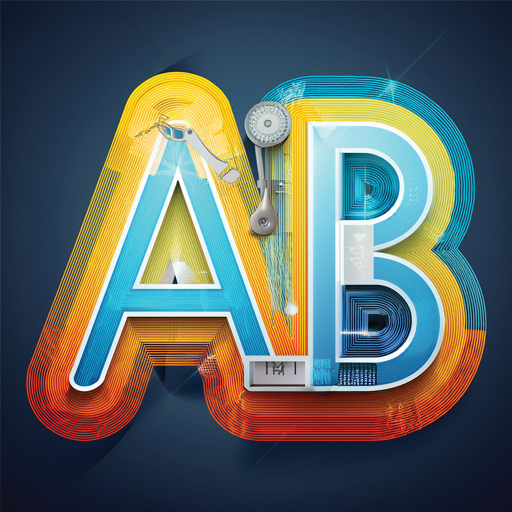A Comprehensive Guide to A/B Testing Software: Unlocking the Power of Data-Driven Decisions

In today’s fast-paced digital world, businesses are constantly seeking ways to optimize their websites, apps, and marketing strategies to improve user experience and maximize conversions. One of the most effective tools for achieving these goals is A/B testing software. By allowing companies to experiment with different versions of a webpage or campaign and scientifically measure which performs better, A/B testing has become an essential component of data-driven decision-making.
What is A/B Testing?
A/B testing, also known as split testing, involves comparing two or more variants of a digital asset—like a webpage, email, or advertisement—to determine which one yields better results. Visitors are randomly exposed to each variant, and key performance indicators (KPIs) such as click-through rates, conversions, or engagement metrics are tracked. The variant that performs better statistically is adopted as the optimized version.
Why Use A/B Testing Software?
Manual A/B testing is not only time-consuming but often prone to errors in data collection and analysis. A/B testing software automates this process, offering numerous advantages:
- Ease of Implementation: Modern tools allow marketers and product managers to create tests using simple drag-and-drop interfaces or intuitive editors without needing deep technical know-how.
- Accurate Statistical Analysis: The software uses sophisticated algorithms to calculate statistical significance and help avoid common pitfalls like false positives.
- Segmentation and Personalization: Many platforms allow you to target tests to specific audience segments based on demographics, behaviour, or device type.
- Multi-Channel Testing: Beyond websites, some tools support A/B testing for emails, mobile apps, and digital ads.
- Real-Time Reporting: Instant insights help teams make informed decisions quickly.
Key Features to Look for in A/B Testing Software
When choosing an A/B testing solution, consider the following critical features:
User-Friendly Interface: A tool that simplifies test creation, even for non-technical users, accelerates experimentation cycles.
Robust Targeting and Segmentation: The ability to customize who sees which variation enhances test relevancy.
Comprehensive Analytics: Detailed reports and integration with analytics platforms provide richer insights.
Multi-Page or Funnel Testing: Test entire user journeys rather than isolated pages for more substantial optimization.
Performance and Speed: Testing scripts should not slow down the user experience or affect page load times.
Integration Capabilities: Seamless connections with CMS, CRM, email marketing, and other tools streamline workflows.
Popular A/B Testing Software Solutions
Several platforms dominate the A/B testing landscape, each with unique strengths:
- Optimizely: Known for its advanced targeting and personalization features, it caters to enterprises seeking comprehensive experimentation.
- VWO (Visual Website Optimizer): Offers a balanced mix of ease of use and powerful features, great for teams of all sizes.
- Google Optimize: A free and accessible option tightly integrated with Google Analytics, ideal for smaller businesses or those just starting.
- Adobe Target: Part of Adobe Experience Cloud, this is a strong choice for organizations looking to embed testing within a broader marketing suite.
- Unbounce: Focuses on landing page optimization with built-in A/B testing tools for marketers.
Best Practices for Effective A/B Testing
To maximize the benefits of your chosen software, follow these guidelines:
- Define Clear Goals: Establish measurable objectives for each test to ensure meaningful insights.
- Test One Variable at a Time: Isolate changes—like button color, headline, or layout—to understand what truly impacts performance.
- Run Tests Long Enough: Allow tests to reach statistical significance to avoid premature conclusions.
- Avoid Bias: Use random assignment and be mindful of external factors that can influence results.
- Analyze and Act: Use the data to implement winning variations and continually iterate for ongoing improvement.
The Future of A/B Testing Software
As artificial intelligence and machine learning evolve, A/B testing software is becoming more predictive and adaptive. Future tools will not only test hypotheses but may also autonomously generate and optimize variants in real-time. Combined with user behavior analytics and personalization engines, A/B testing is set to become even more powerful in delivering highly tailored experiences.
A/B testing software empowers businesses to make data-driven improvements confidently, reduce guesswork, and enhance digital experiences. By carefully selecting the right platform and following best practices
